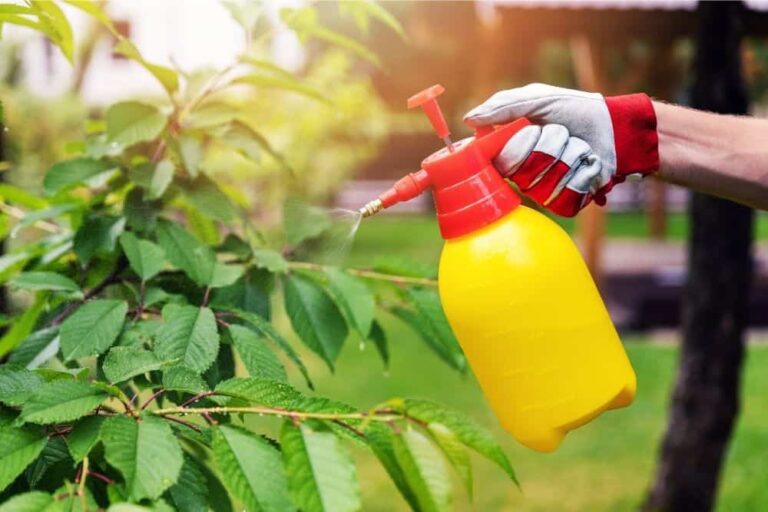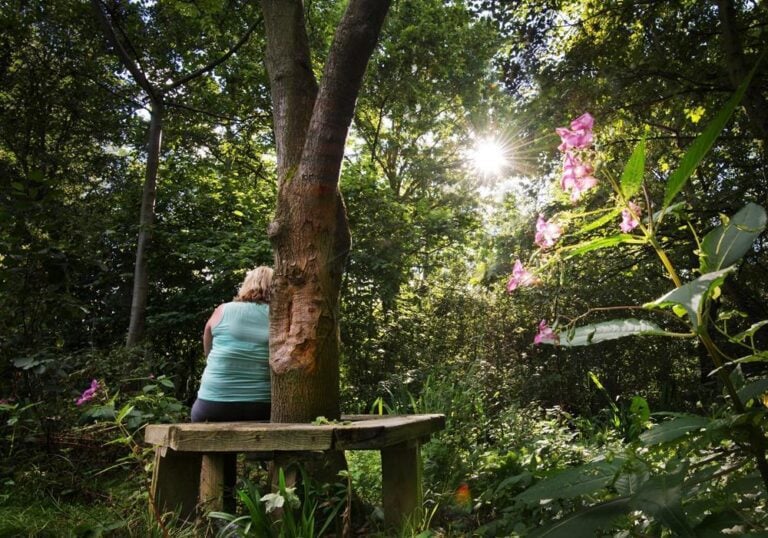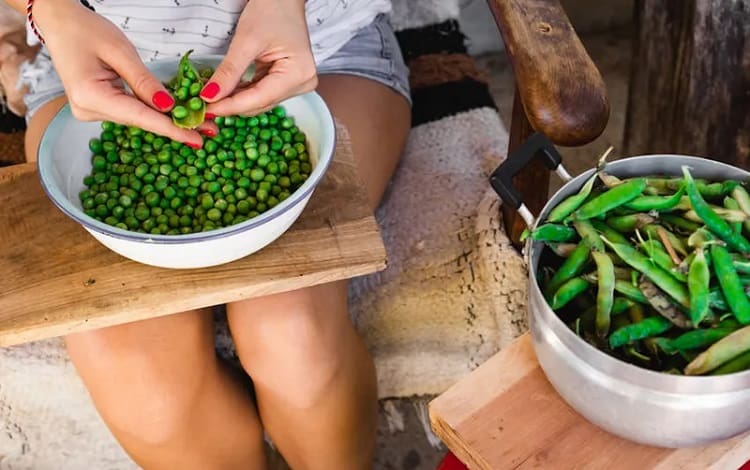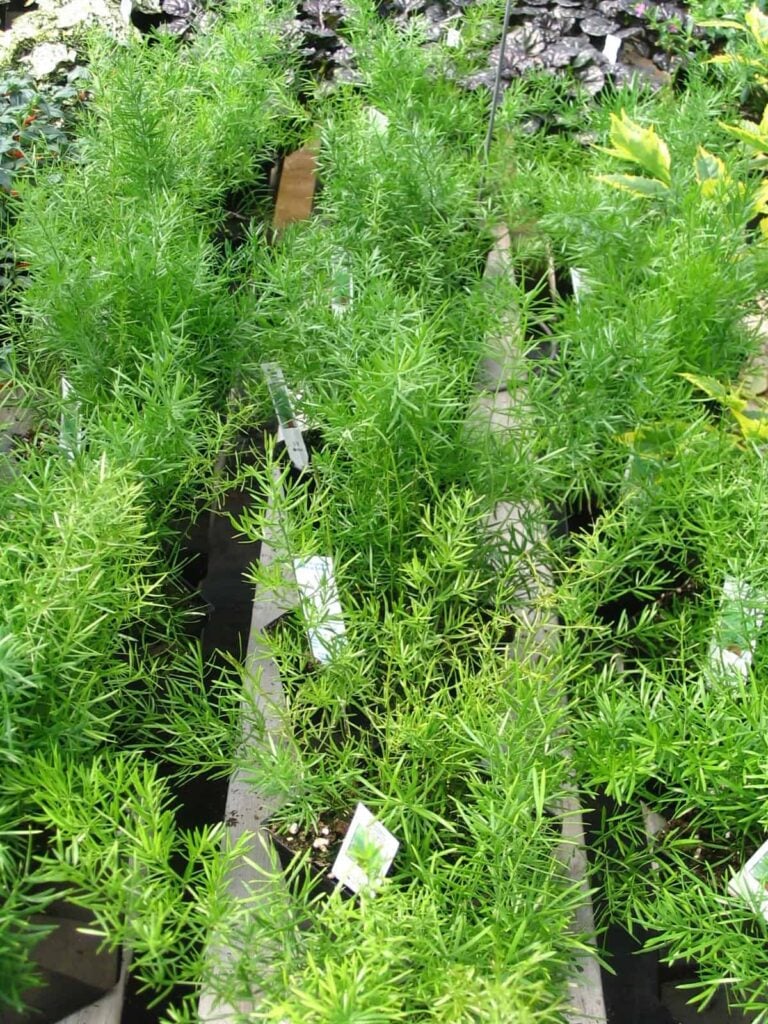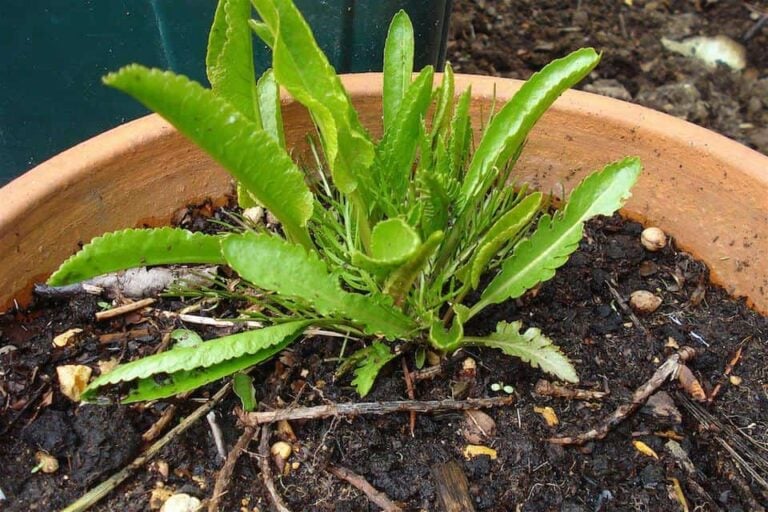Get Great Value Out of Growing Saffron
Saffron needs a sunny location with well-drained soil to grow. After planting, saffron needs little care and attention. In fact, giving saffron too much care will do more harm than good. Too much water will cause the bulbs to rot, for example. The bulbs of saffron are planted in the summer and will grow and produce flowers in the fall. The stigmas of the flowers are harvested for use as a spice in cooking. You can grow saffron in USDA zones 6 through 9, as long as your area doesn’t get more than 18 inches of rain per year.
Planting Saffron
Saffron (Crocus sativus) grows from a type of bulb called a corm. While it’s common to plant bulbs that produce flowers such as daffodils and tulips in the late fall, so that they enjoy a deep freeze in the ground before growing, that’s not the case with saffron.
Instead, you want to plant saffron corms in the summer, during the period when the plant would usually be dormant. Saffron grows and blooms in the fall, so planting in the summer gives the corms time to become established.
Choosing the Location
In the video above, Kim Toscano from Oklahoma Gardening walks you through the process of choosing an ideal spot for your saffron corms. The plant isn’t particularly challenging to grow, but because it is from the Mediterranean area, it has certain needs. For example, it will grow best in slightly dry soil, in a location that gets a lot of sunlight.
Putting the Saffron in the Ground
To plant the saffron, dig a hole that’s about three to four inches deep, as you want about two to three inches of soil on top of the bulbs. Place the corms in the soil with the flat side facing downwards and the pointed side upwards.
How far apart you space the saffron depends on your garden’s arrangement. If you are planting using the square foot gardening method, you’ll plant about 10 bulbs in per square foot.
If you want to fill a larger area, you can space the bulbs about six inches apart in the soil. About 50 bulbs should be enough to fill a two foot by five foot bed, according to the Vegetable Gardener.
To create small groupings of saffron in a garden bed, space the corms about three inches about in the soil, in groups of five or so.
After you’ve planted the saffron in the ground, cover the bulbs with the soil and water. Since the bulbs rot easily if they are exposed to too much water, you want to avoid watering again until you see small saffron shoots popping up, usually in the early fall.
Care for Saffron
Saffron needs little care and attention. In fact, the trickiest thing about growing saffron might be striking the balance between giving it just enough care and giving it too much.
Watering can be a major issue. You don’t want to overwater the plants, as the corms are very susceptible to rot. If the soil in your garden tends to hold water very well, it’s a good idea to mix in compost or sand to improve drainage, according to the Nebraska Extension.
If your area gets sufficient rain, about 1.5 inches per week, you might not need to water your saffron during the growing period at all. If you live in a drier area, keep an eye on the soil and water when it is very dry. Remember not to water the bulbs at all during the dormant period, which is over the summer.
Limitations on Saffron
Although it does well in the right conditions, saffron won’t grow in every area. The plant is hardy in zones 6 through 9 and can survive a deep frost and temperatures down to negative 15 degrees Fahrenheit.
What really does the plant in is too much rainfall. According to the University of Florida IAFS Extension, saffron just won’t thrive in places that receive more than 15 to 18 inches of rain per year. Florida gets a lot more rain than 18 inches per year, making it a challenging place to try to grow saffron.
Dividing Saffron
Saffron reproduces by developing new bulbs or corms on the exterior of the existing bulbs. The new bulbs will produce a plant and a garden bed can become very crowded if you don’t take the time to divide your saffron every few years.
To divide saffron, simply dig up the corms during the summer, when the plant is dormant. Break apart the corms and replant. You can give away any extra corms or find a new area in your garden to plant them.
Harvesting Saffron
Saffron grows during two seasons of the year. In the spring, the plant produces little green shoots in the garden. Those shoots then die back when saffron is in its dormant phase in the summer. In the fall, the plant produces shoots and flowers. Fall is the time to harvest the stigmas from the flowers to use as a spice.
Saffron has the privilege of being the most expensive spice in the world. That’s because each flower produces three stigmas, the bright red threads people use to flavor and add color to certain dishes. It takes tens of thousands of saffron flowers just to produce a pound of saffron spice.
If you are going to harvest saffron threads for cooking, pick the red stigmas just after the flower has opened. You’ll want to do this early in the day.
It’s easiest to harvest the stigmas using a small pair of tweezers or clippers. You can dry the stigmas by placing them on a paper towel, according to the UW Extension. Set the towel somewhere warm and dry for several days, then store the dried spice in a sealed container. You can also use the spice immediately, without drying it.
If you can’t get enough of saffron in your cooking, but don’t like paying the high price at the grocery store, try growing your own. The plant is relatively hands off and will reward you with the world’s priciest spice for barely any effort.
You May Also Read – Growing Horseradish

